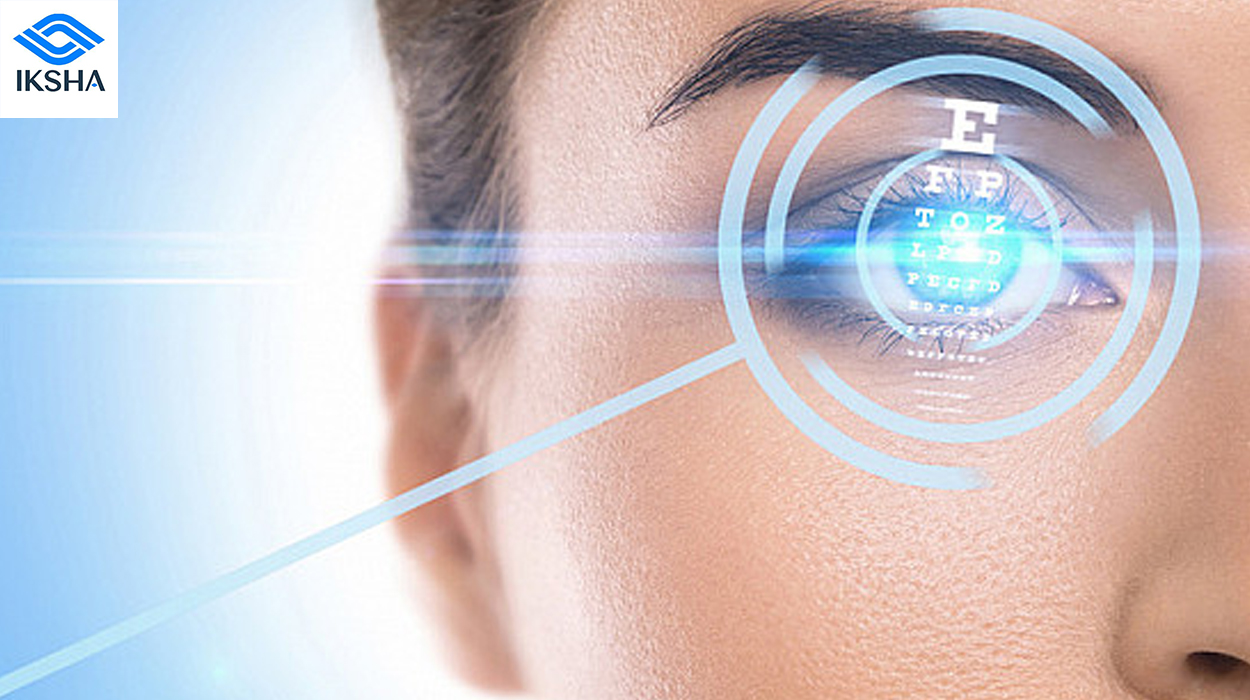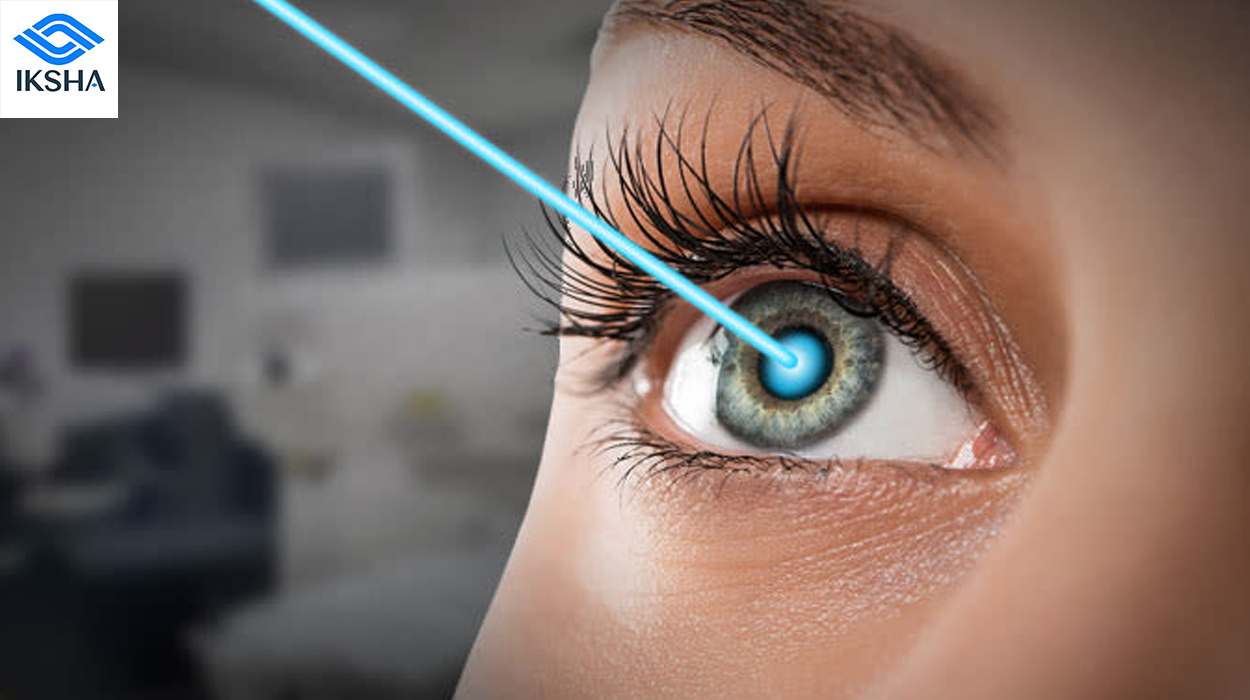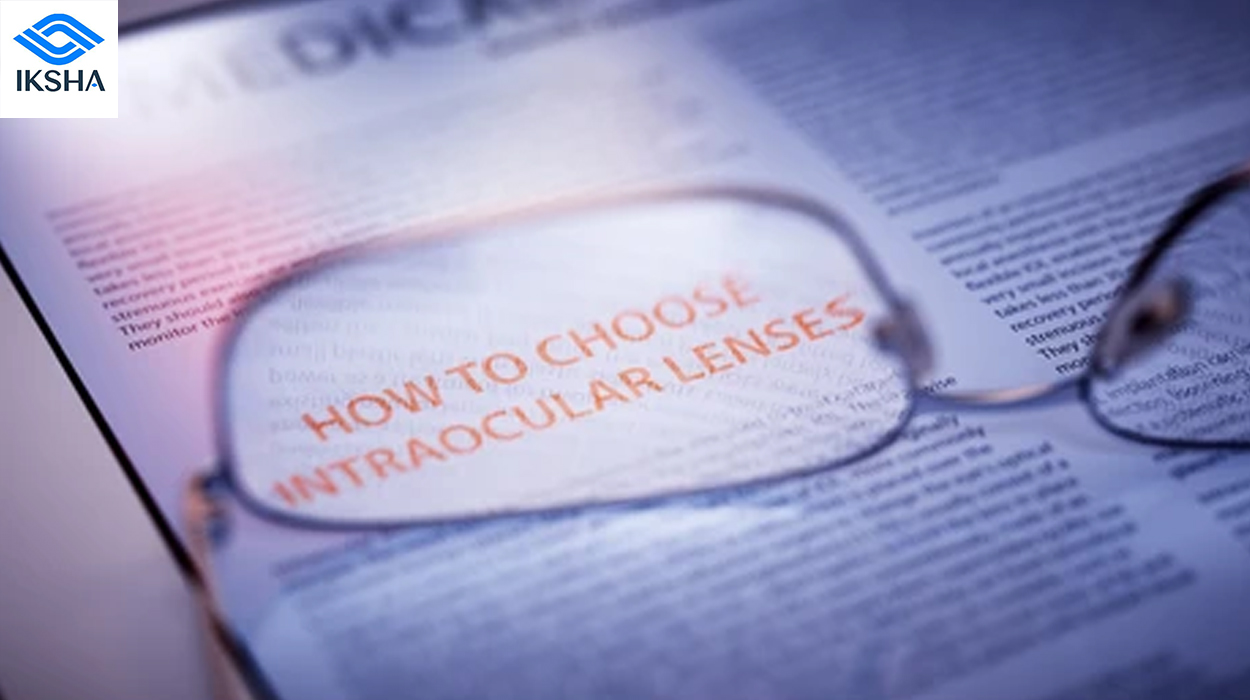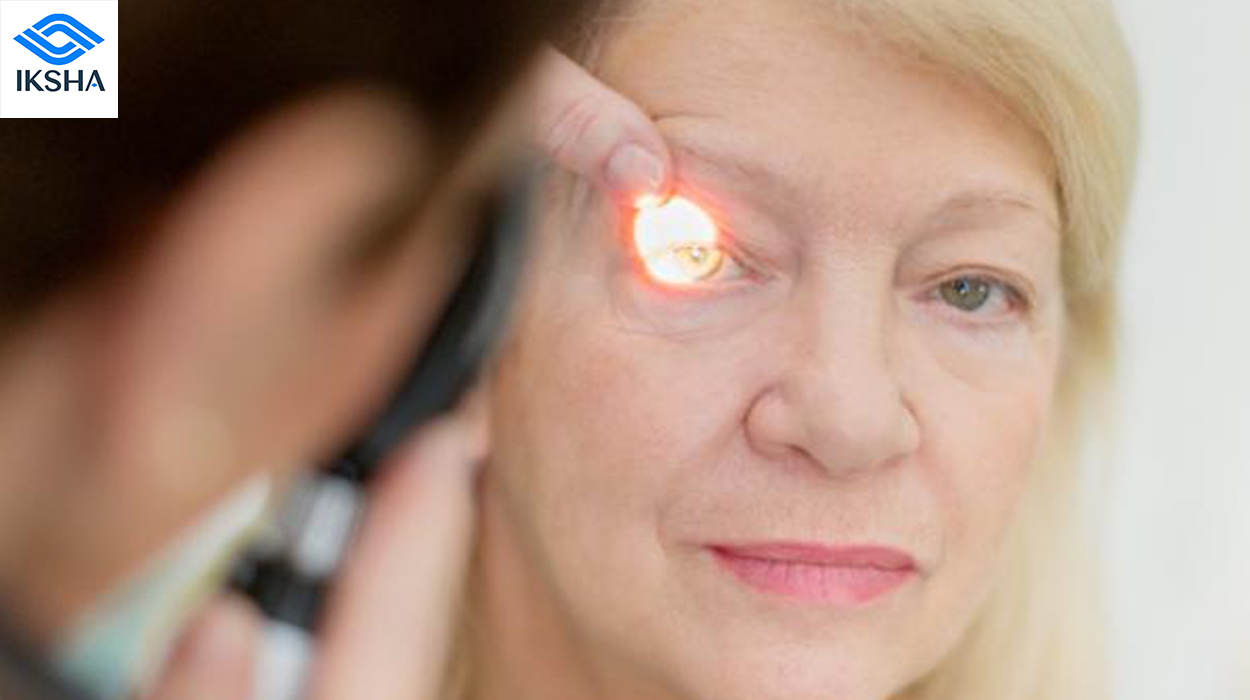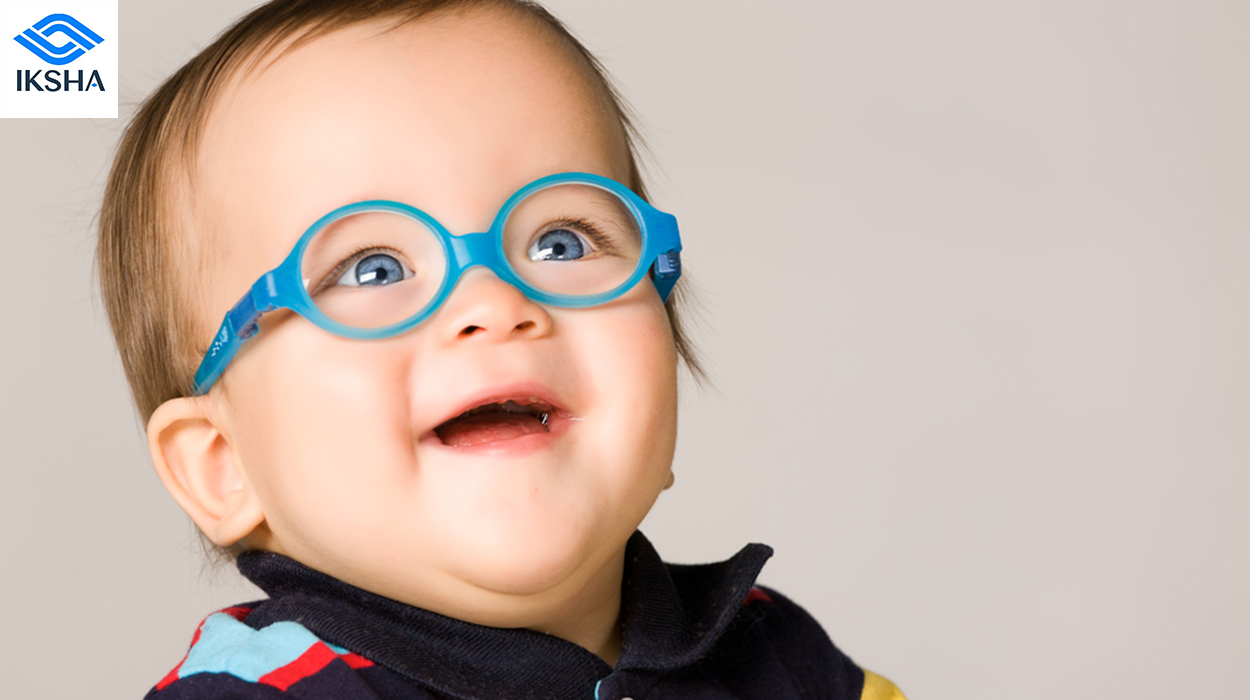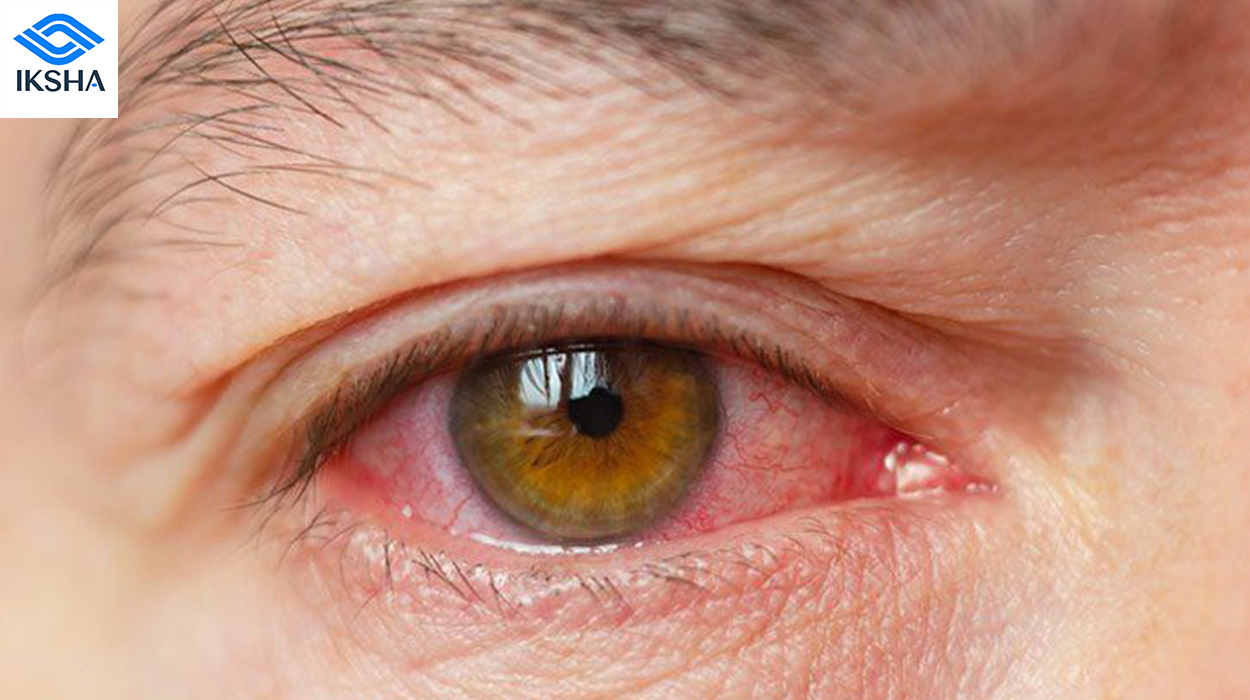Undergoing LASIK (Laser-Assisted in Situ Keratomileusis) treatment can be a crucial step towards achieving a clear vision without the need for glasses or contact lenses. However, it’s natural to have concerns about pain and discomfort during the procedure. While this treatment is relatively safe and efficient, there are some tips and tricks you can follow to help manage any potential discomfort and make your experience as smooth as possible. In this blog, we will discuss effective strategies to alleviate pain and discomfort during LASIK treatment.
Choose a Skilled and Experienced Surgeon
Selecting a highly skilled and experienced LASIK surgeon is essential to minimize discomfort during the procedure. A reputable surgeon will possess the expertise and knowledge to ensure a smooth and comfortable surgery experience. Do a thorough research, read reviews, and consider personal recommendations to find a surgeon with a proven track record of successful LASIK surgeries.

Understand the LASIK Procedure
Educate yourself about the procedure to gain a clear understanding of what to expect. Knowing the steps involved and being aware of the sensations you may experience, can help you alleviate anxiety and discomfort. Consult your surgeon and ask questions to ensure you have a comprehensive understanding of the process.

Follow Preoperative Instructions
Your LASIK surgeon will provide you with preoperative instructions to follow before the treatment. These instructions may include avoiding certain medications, wearing comfortable clothing, and abstaining from wearing contact lenses for a specific period. Adhering to these guidelines will help ensure a smooth procedure and reduce the chances of experiencing unnecessary discomfort.
Utilize Numbing Eye Drops
During the LASIK procedure, numbing eye drops are typically used to minimize pain and discomfort. These drops numb the surface of the eye, making the treatment more tolerable. Follow your surgeon’s instructions on the usage of these drops, as they play a vital role in ensuring your comfort during the procedure.
Practice Relaxation Techniques
Prior to the LASIK treatment, practicing relaxation techniques can help ease anxiety and promote a sense of calmness. Deep breathing exercises, meditation, and visualization techniques can be effective in reducing stress and discomfort. Engaging in these relaxation techniques before and during the procedure can significantly enhance your overall experience.
Communicate with Your Surgeon

Maintaining open communication with your LASIK surgeon is crucial throughout the treatment. Discuss any concerns or questions you have and inform your surgeon about any discomfort you experience during the procedure. Your surgeon can provide additional measures to ensure your comfort and well-being.
LASIK treatment can be a life-changing experience, but it’s important to address concerns regarding pain and discomfort. By following these top tips and tricks, you can effectively manage any potential discomfort during the procedure and enhance your LASIK experience. Remember to consult with your surgeon, practice relaxation techniques, and adhere to the given instructions to ensure a successful and comfortable LASIK treatment.


